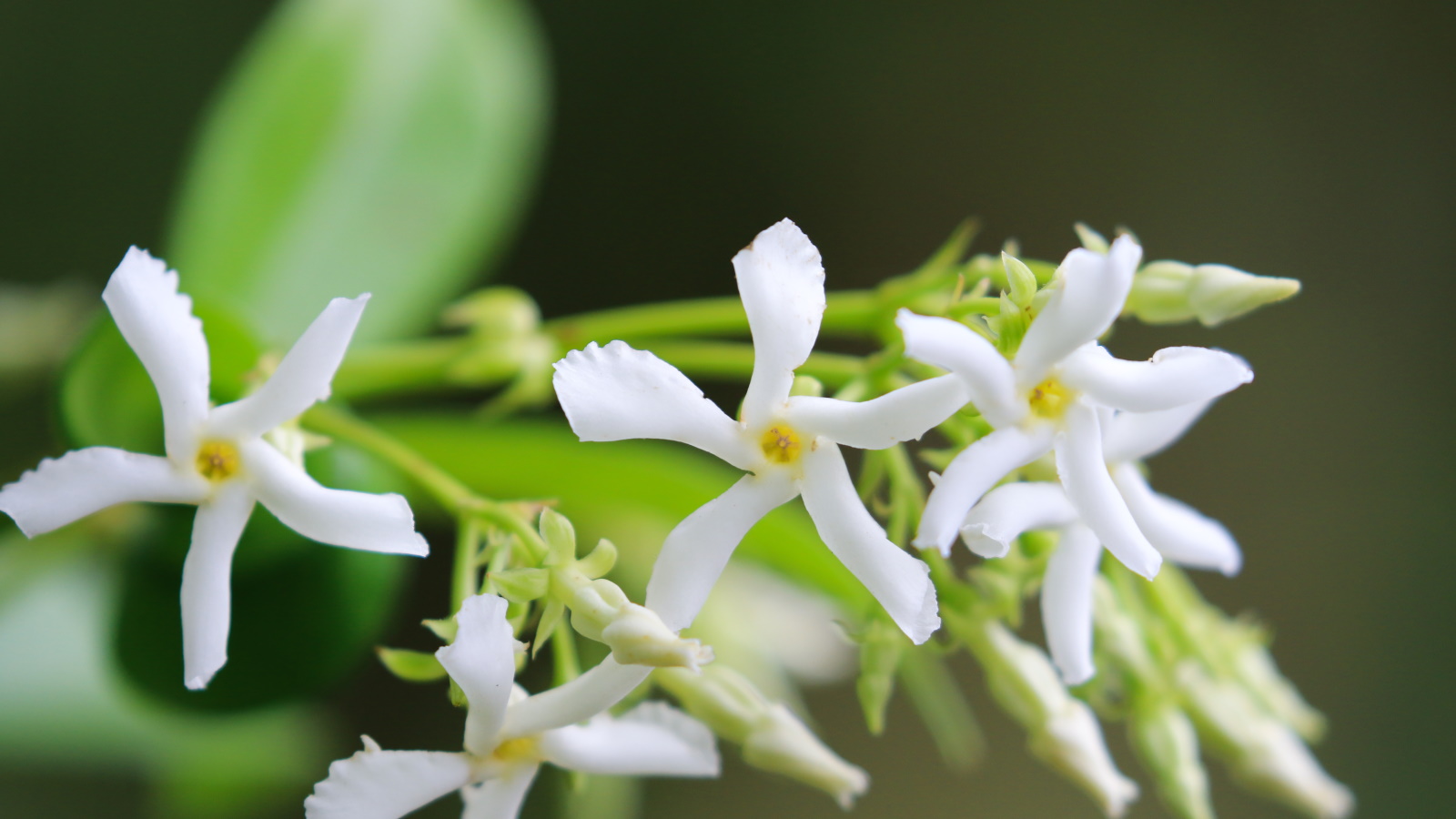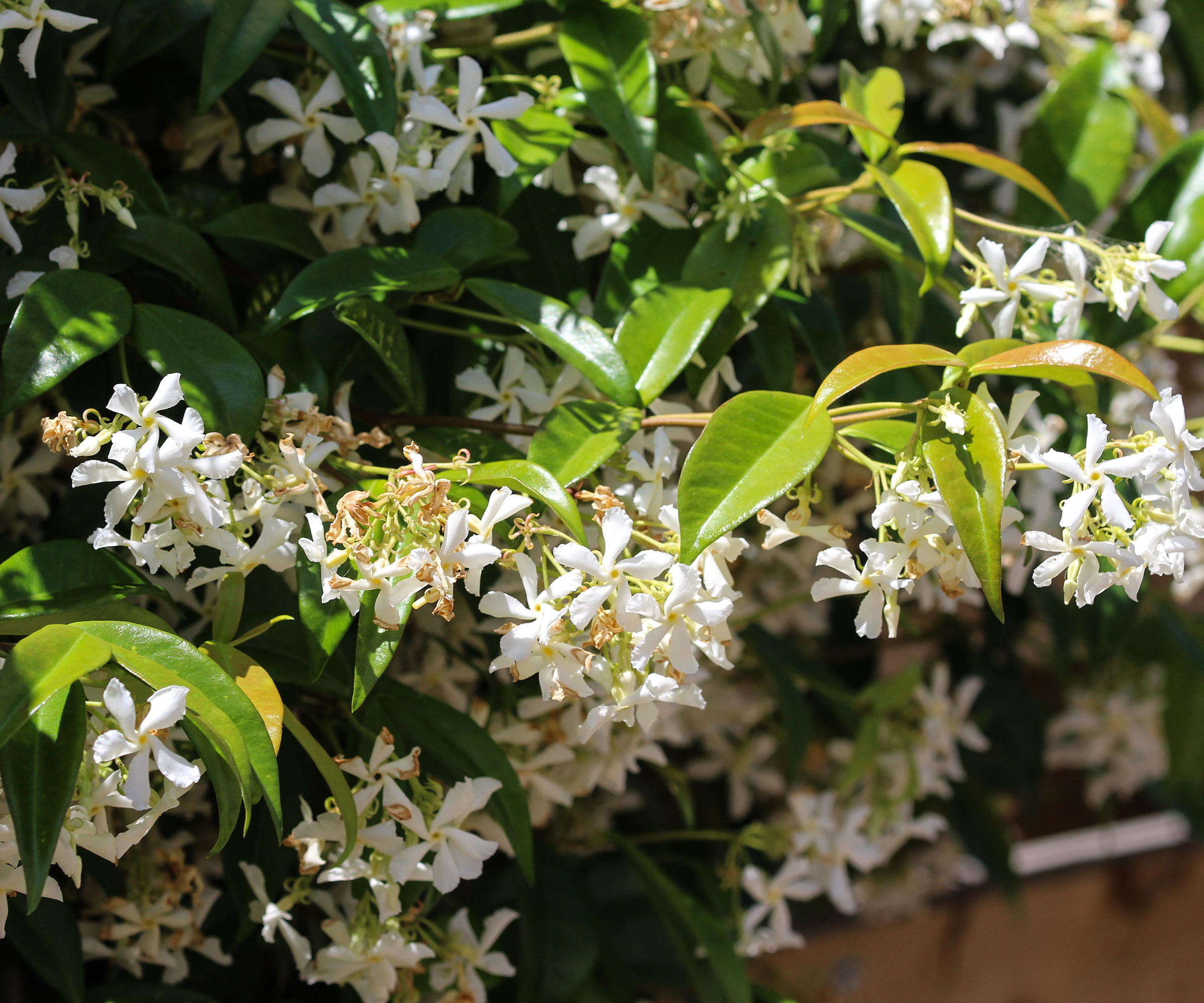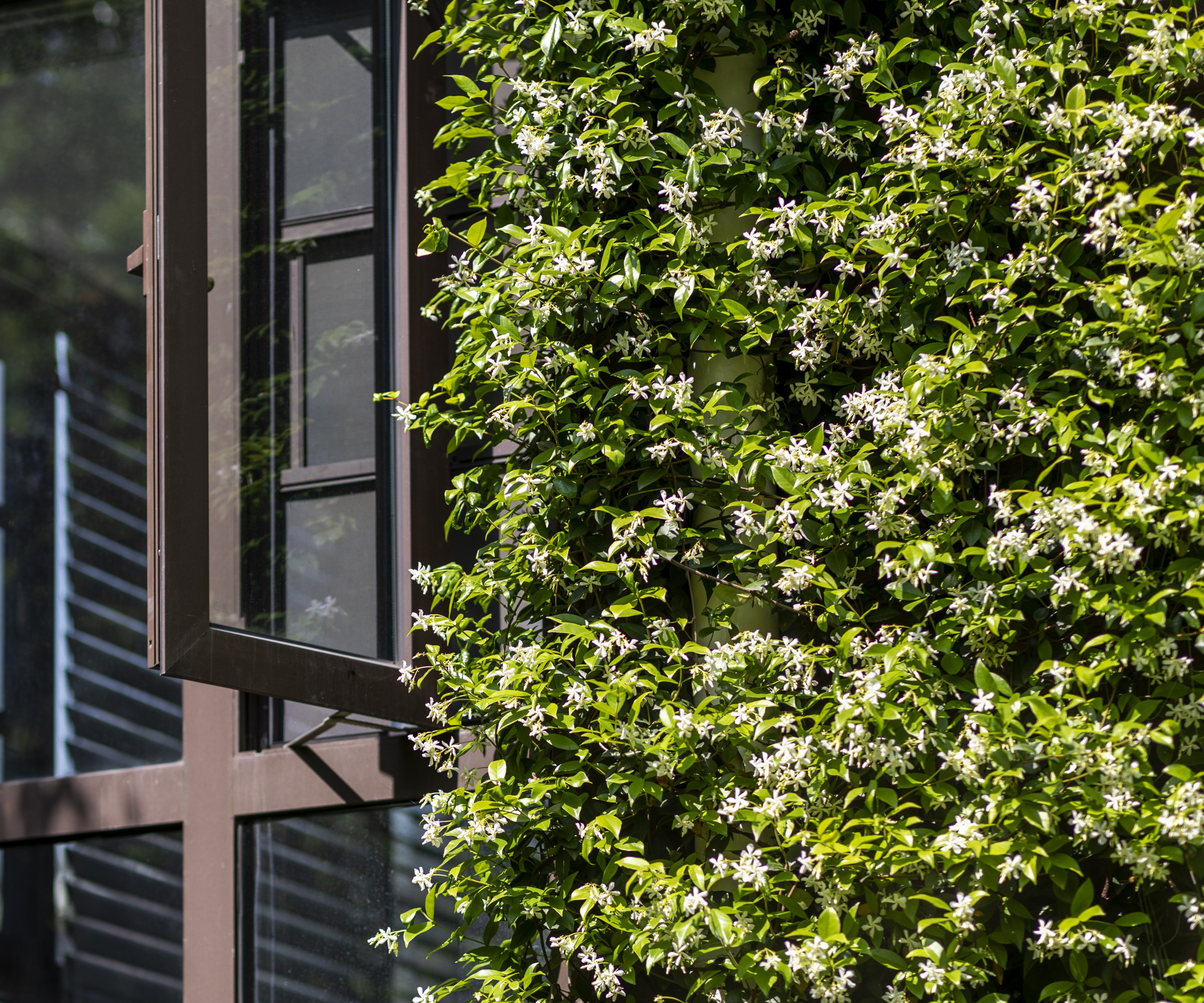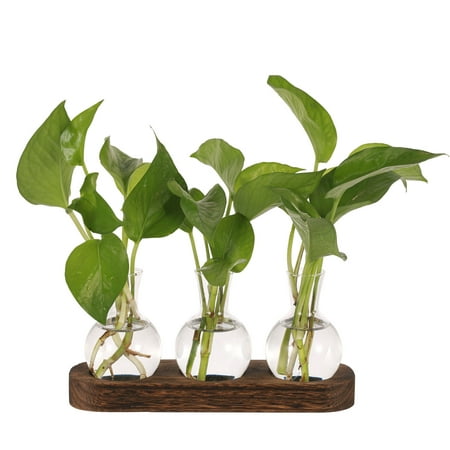How to propagate star jasmine – expert advice for successful cuttings
Learning how to propagate star jasmine by taking cuttings is a cost-effective way to make more plants


Star jasmine plants are considered some of the best flowering climbers, renowned for their vigorous growth habit that can help to screen walls and fill trellises. Star jasmine, or Trachelospermum jasminoides, has glossy, evergreen foliage that will add greenery to even the shadiest of yards.
While the foliage is undeniably attractive, star jasmine is prized for its star-like blooms, with delicate flowers that have five white petals and a yellow center, producing a sweet scent when they open in spring and summer. So, with evergreen coverage, attractive glossy foliage, and fragrant flowers, this climber seems to have it all.
You might already know how to grow star jasmine, but if you want to increase your climber collection this year, or perhaps gift small plants to friends or neighbors, it is a good idea to learn how to take plant cuttings. As a professional gardener, I have propagated many plants in soil and water. Here, I share the most foolproof way to take star jasmine cuttings.

How to propagate star jasmine
Often considered one of the best evergreen climbers, star jasmine has the added bonus of producing fragrant springtime blooms. It is no wonder that many gardeners value this climber. I have planted and grown this climber in several different gardens in the UK and it never fails to do well.
Whether grown along a sunny boundary wall or trained across a shady fence, star jasmine is a plant that can be relied upon. Fortunately, it is also a climber that can be easily propagated, helping to grow your plant collection for free.
When to take star jasmine cuttings

'Star jasmine is found growing all across the southern states,' says Jen McDonald, garden expert and a co-founder of Garden Girls. While this climber is relatively hardy, 'it tends to grow best in US hardiness zone 7 to US hardiness zone 10.'
I recommend taking cuttings of star jasmine during the summer months when the plant produces plenty of fresh new stems that will readily root. 'Star jasmine has a vigorous growth rate during spring and summer, typically growing 5 to 7 feet in one season alone,' adds Jen.
It is important, therefore, to learn how to prune star jasmine because of its vigorous nature. Without regular pruning, this climber will quickly take over your yard.
Using clean, sharp tools, such as these pruning shears from Amazon, snip whip-like stems that will begin to wind and tangle over other plants and surfaces. Before composting this green waste, select one or two long stems of new growth with plenty of healthy foliage. These stems can be used to propagate new star jasmine plants.

Jen McDonald is a garden expert and co-founder of Garden Girls, based in Houston, Texas. With 14 raised beds and over 400 square feet of growing space, she grows everything from amaranth to peanuts, cut flowers to cucumbers.

These pruning snips are ideal for cutting thin stems, including flowers, herbs, and more to encourage healthy plants or for taking cuttings.
How to take star jasmine cuttings

Star jasmine is propagated by taking semi-hardwood cuttings in the summer months. While this will vary from place to place, depending on your US hardiness zone, I suggest taking cuttings anytime in May, June, or July, giving each stem plenty of time to establish roots before winter.
- Before you begin, prepare the pot where your cuttings are to root. Fill a small container, no more than 3 to 4 inches in diameter. It is best to use fresh potting soil, combining a few handfuls of grit to improve drainage.
- It is best to prune on a dry, mild day. Using clean, sharp tools, cut one star jasmine stem that is approximately 2 to 3 feet long. This stem will be cut down and used to make several cuttings.
- Divide this stem into 4 to 5-inch pieces, cutting just below a leaf node. One long stem can give you many cuttings. Remove all foliage other than 1 or 2 small leaves at the top of each cutting.
- Dip the bottom of each cutting into a small cup of lukewarm water, before dipping in rooting hormone powder. While this is not essential, doing so will encourage each cutting to produce roots. Garden stores will have this product available to buy, or you can shop online, for example, using something like this rooting hormone powder from Walmart.
- Using a pencil, carefully create small holes for your cuttings in the soil, planting them relatively deeply and leaving only 2 inches above the soil. Each pot can be used for 5 to 6 cuttings.
- Place each pot in a shaded, sheltered spot in the yard, watering occasionally to prevent your cuttings from drying out.
- In 4 weeks, roots will begin to develop and should be visible shooting from the base of the pot after 6 to 8 weeks. You can then replant individual cuttings into small pots.

This glass vase propagation station is both attractive and practical. Appearing much like a plant terrarium, these vases are perfect for hydroponics and plant cuttings.
FAQs
Can you propagate star jasmine cuttings in water?
Yes, star jasmine cuttings can be propagated in water. Following the step-by-step guide above, prepare your cuttings, ensuring that they are 4 to 5 inches in size and have only 1 or 2 leaves. Instead of growing in soil, place each stem in a small cup of water. After a few weeks, roots will begin to develop. Many gardeners prefer to propagate in water, finding it simple and quick.
Learning how to propagate star jasmine is a fun and free way to grow your plant collection. For more propagation information, see our guide on how to propagate hydrangeas.
Sign up to the Homes & Gardens newsletter
Design expertise in your inbox – from inspiring decorating ideas and beautiful celebrity homes to practical gardening advice and shopping round-ups.

Thomas is a Content Editor within the Gardens Team at Homes and Gardens. He has worked as a professional gardener for both public spaces and private estates, specializing in productive gardening, growing food and flowers. Trained in Horticulture at the Garden Museum, he has written on gardening and garden history for various publications, including The English Garden, Gardens Illustrated, Hortus, The London Gardener and Bloom. He has co-authored a Lonely Planet travel book, The Tree Atlas, due out in 2024.
-
 Plants never to grow next to fruit trees
Plants never to grow next to fruit treesExpert advice on which plants to keep away from fruit trees to encourage a healthy harvest
By Jacky Parker Published
-
 Martha Stewart's tips for arranging daffodils are unbelievably simple and effective – it's the only flower advice you need this springtime
Martha Stewart's tips for arranging daffodils are unbelievably simple and effective – it's the only flower advice you need this springtimeMartha shows us that we can create gorgeous bouquets of this seasonal flower by simply trimming the stems and placing them in specific vases
By Hannah Ziegler Published